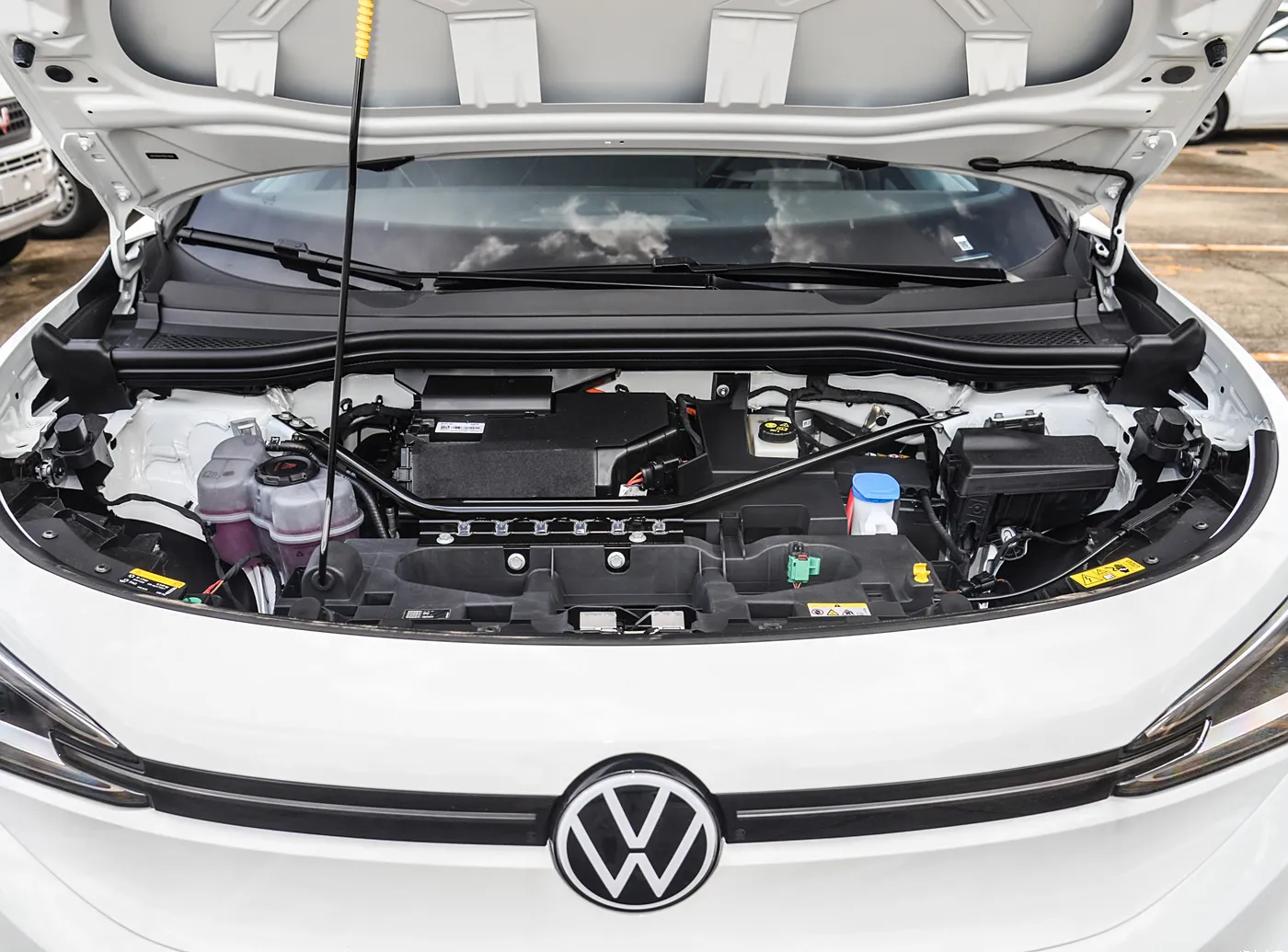Engine Performance Monitoring Through Advanced Sensor Technology Analysis
Understanding Engine Sensors Essential Components for Modern Vehicles
In the complex world of automotive engineering, engine sensors play a crucial role in ensuring optimal vehicle performance, fuel efficiency, and emissions control. These electronic devices gather critical data about a variety of engine parameters, enabling the vehicle's engine control unit (ECU) to make real-time adjustments to various systems. This article delves into the different types of engine sensors, their functions, and their importance in modern automobiles.
The Role of Engine Sensors
At the heart of a vehicle's operation, the engine performs numerous functions that require precise control. Engine sensors monitor key parameters such as temperature, pressure, air-fuel mixture, and exhaust emissions. The data collected by these sensors allows the ECU to manage fuel injection, ignition timing, and other vital aspects of engine performance.
Key Types of Engine Sensors
1. Oxygen Sensors (O2 Sensors) These sensors measure the amount of unburned oxygen in the exhaust gases. By analyzing this data, the ECU can adjust the air-fuel mixture for optimal combustion. Oxygen sensors contribute to improved fuel efficiency and reduced emissions, making them essential for meeting environmental regulations.
2. Mass Air Flow (MAF) Sensors MAF sensors calculate the mass of air entering the engine. This information is critical for the ECU to determine how much fuel to inject. An accurate air-fuel mixture is vital for efficient combustion and performance. A malfunctioning MAF sensor can lead to poor fuel economy and engine performance issues.
3. Throttle Position Sensors (TPS) The TPS monitors the position of the throttle valve, which controls the amount of air entering the engine. By tracking the throttle position, the ECU can precisely adjust fuel delivery to match the driver's input, enhancing the vehicle's responsiveness.
4. Engine Coolant Temperature (ECT) Sensors ECT sensors monitor the temperature of the engine coolant. This data is essential for managing engine warmth and preventing overheating. The ECU relies on this information to optimize fuel injection and ignition timing, particularly during cold starts.
5. Crankshaft and Camshaft Position Sensors These sensors track the positions of the crankshaft and camshaft, which are critical for timing the engine's ignition and valve operations. Accurate timing ensures that the engine runs smoothly and efficiently.
engine sensor

6. Knock Sensors Knock sensors detect engine knocking or pinging, a phenomenon caused by premature combustion. By monitoring these vibrations, the ECU can adjust ignition timing to prevent knocking, enhancing engine performance and longevity.
The Importance of Engine Sensors
The integration of engine sensors into modern vehicles has revolutionized automotive technology. The ability to monitor and control various engine parameters in real-time has led to significant advancements in vehicle performance and efficiency. Here are some key benefits associated with engine sensors
- Enhanced Fuel Efficiency By ensuring the optimal air-fuel mixture and controlling fuel injection accurately, engine sensors help improve fuel economy, saving drivers money at the pump.
- Reduced Emissions Many engine sensors play a role in minimizing harmful emissions. This is increasingly important in light of stringent environmental regulations aimed at combating pollution.
- Improved Engine Performance With real-time data, the ECU can make instant adjustments to enhance overall engine performance, providing a smoother and more responsive driving experience.
- Prolonged Engine Life By preventing engine knock and overheating through effective monitoring, engine sensors help extend the lifespan of the engine and reduce the likelihood of costly repairs.
Conclusion
Engine sensors are a pivotal aspect of modern automotive engineering, merging the realms of mechanics and electronics to create vehicles that are more efficient, powerful, and environmentally friendly. As technology continues to advance, the future of engine sensors holds even greater promise for enhancing vehicle performance and sustainability. Drivers can appreciate the seamless operations of their vehicles, often unaware of the sophisticated technology working diligently under the hood to ensure a smooth ride. Understanding and maintaining these sensors is key to enjoying the full potential of modern automotive machinery.
-
SINOTRUK HOWO 84 Electric Dump Truck for Eco-Friendly Heavy HaulingNewsJul.26,2025
-
The Fast 16-Gear Manual Transmission Assembly for Heavy TrucksNewsJul.25,2025
-
Mercedes Benz Actros 1848 42 Tractor Truck for Sale - Reliable PerformanceNewsJul.24,2025
-
High-Quality Water Pump Assembly for Sinotruk Trucks – Durable & ReliableNewsJul.23,2025
-
Premium Truck Engine Antifreeze Coolant Fluid for Heavy Duty VehiclesNewsJul.22,2025
-
FOTON View G7 Mini Bus: Affordable & Spacious TransportNewsJul.22,2025
Popular products

























